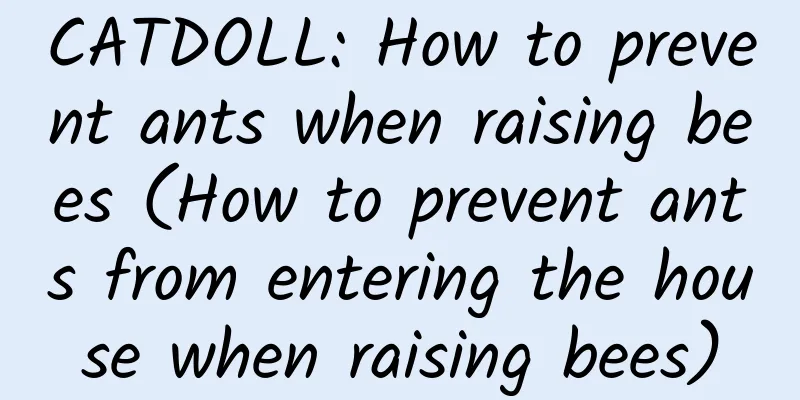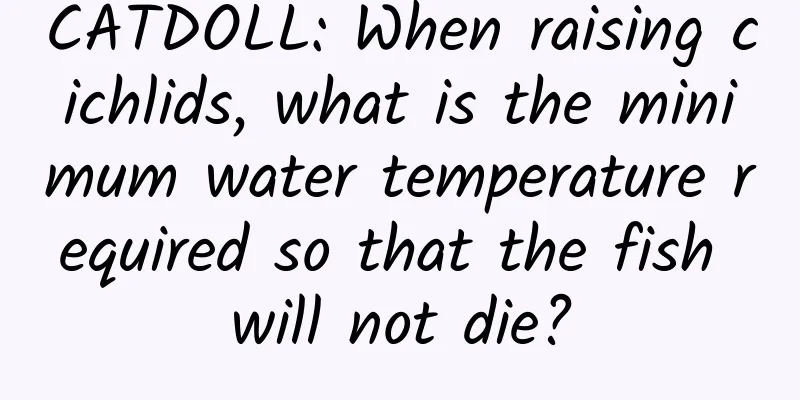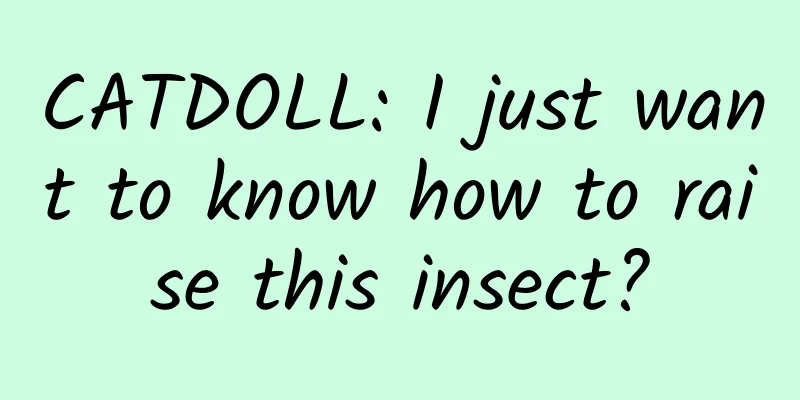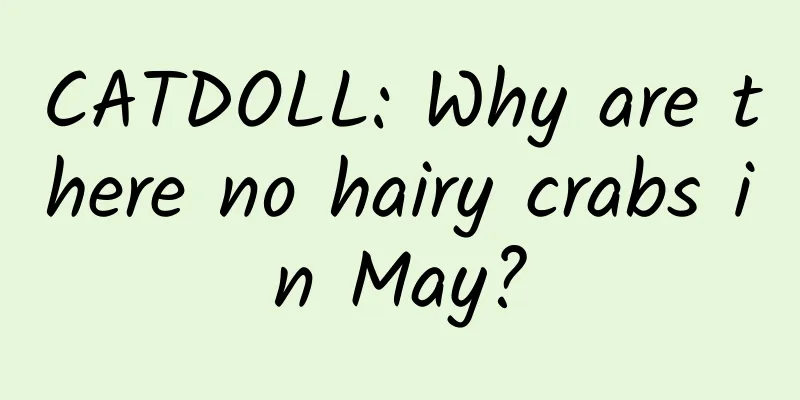CATDOLL : CATDOLL: Do you know how to choose and clean the ponds for Penaeus vannamei farming?

|
The preliminary preparations for whiteleg shrimp farming are about to begin. How to correctly select the pond is a key step in the shrimp farming process. Site selection and conditions for Penaeus vannamei ponds 1. Try to choose an area with convenient water source and low breeding density to prevent cross infection of pathogens; 2. Try to choose a location with convenient transportation and electricity to facilitate the transportation of feed and commercial shrimp; 3. The water quality should be good, especially without the pollution of pesticides and insecticides; 4. It is best not to choose sandy soil for the South American white shrimp pond, as it is not only prone to water leakage, but also prone to black and smelly bottom in the later stages of breeding. Structural selection of Penaeus vannamei ponds 1. The gentler the slope of the white shrimp pond, the better. Generally, it is appropriate to have an angle of about 30 to 40 degrees with the horizontal line. This can provide more habitat area for the shrimp and prevent the reduction of the shrimp habitat area due to the deterioration of local bottom quality, thereby inducing diseases. 2. The layout of water inlet and outlet facilities should be reasonable: the water inlet facilities should have a complete filtration system to prevent harmful organisms from entering the shrimp pond; the drainage facilities should try to drain both bottom water and surface water to prevent excessive reproduction of harmful algae or to drain surface water in time when there is a lot of surface dirt. Cleaning and water cultivation of Penaeus vannamei ponds 1. For old ponds that have been there for many years, it is best to dredge them once a year; 2. After dredging, keep the water level at an average of about 20 cm. Use chlorine-containing preparations to clean the pond first. Generally, bleaching powder is used at about 20-30 kg/mu. Special reminder: in the north, since most ponds have high alkalinity and the pH value of the water is generally high, it is not recommended to use quicklime to clean the pond, so as to prevent the pH value of the water from being too high and difficult to control. 3. After 24 hours of pond cleaning, inject new water into the pond at once to an average water depth of about 1.2 meters. Note that during the water intake process, if external water is used, it must be filtered and the filtration device must be checked frequently to prevent the entry of harmful organisms. 4. Secondary disinfection: After the water enters the pond, if the water is from an external source, the water body needs to be disinfected for the second time (this process can use iodine preparations or chlorine dioxide, etc.) to prevent pathogenic microorganisms in the external water from multiplying in large numbers in the pond. If the water is from a deep well, this step can be omitted. 5. Supplement microorganisms: 24 hours after disinfection, start adding a large amount of live bacteria preparations to the shrimp pond (especially the bottom of the pond). This can not only control the reproduction of pathogens, but also enhance the self-purification ability of the pond bottom. 6. Fertilizer: Fertilizer is a key step. In the early stage of water quality cultivation, many ponds have thin water quality and high transparency, which causes massive reproduction of filamentous algae such as moss. In order to avoid this situation, we should fertilize the water as soon as possible after supplementing the bacteria. 7. Regularly test the physical and chemical indicators of the water body. If there are inappropriate water quality indicators, they must be adjusted as soon as possible to ensure that the water body can meet the requirements for stocking before stocking. 8. Notes: 1) During the water cultivation process, it is best to turn on an aerator at noon every day (on sunny days) to maintain stable water quality; 2) During the water cultivation process, do not spray unfermented organic fertilizers or organic matter (such as soy milk, soybean meal) into the pond, otherwise the zooplankton will reproduce too quickly and cause the water quality to deteriorate. For old ponds that have been there for many years, it is best to dredge them once a year; After dredging, keep the water level at an average of about 20 cm. Use chlorine-containing preparations to clean the pond first. Generally, bleaching powder is used at about 20-30 kg/mu. Special reminder: In the north, since most ponds have high alkalinity and the pH value of the water body is generally high, it is not recommended to use quicklime to clean the pond, so as to prevent the pH value of the water body from being too high and difficult to control. Desilting is required every year, attention needs to be paid to drying the soil, attention needs to be paid to the specific conditions of the water level, and the pH value must be paid attention to. Try to choose an area with convenient water source and low breeding density to prevent cross infection of pathogens. Try to choose a place with convenient transportation and electricity to facilitate the transportation of feed and commercial shrimp. The water quality should be good, especially without pollution from pesticides and insecticides. The soil of the South American white shrimp pond is not easy to choose sandy soil, which is not only easy to leak, but also easy to have black and smelly bottom in the later stage of breeding. For old ponds for many years, it is best to dredge once a year. After dredging, keep the water level at an average of about 20cm. Use chlorine-containing preparations to clear the pond first. Generally, about 20 to 30 kg of bleaching powder is used per mu. After 24 hours of pond cleaning, inject new water into the pond at one time to an average water depth of about 1.2 meters. Secondary disinfection: After water intake, if exogenous water is used, the water body needs to be disinfected twice to prevent pathogenic microorganisms in exogenous waters from multiplying in large numbers in the pond. If it is deep well water, this step can be omitted. |
<<: CATDOLL: Where is salmon produced? What types are there?
>>: CATDOLL: Are platypuses viviparous?
Recommend
CATDOLL: Advantages and development prospects of Anping Jing'an Power Plant
Anping Jing'an Power Plant is a large thermal...
CATDOLL: What country was the founder of sericulture and silk reeling from? (What country was the founder of sericulture and silk reeling from?)
1. Chinese civilization has a long history. It is...
CATDOLL: Prevention and treatment of endometritis in pigs
Causes and symptoms of endometritis in pigs Porci...
Postpartum care for sows: How to deal with sows that give birth slowly?
How to deal with sows that are slow to give birth...
CATDOLL: How to catch whitebait
1. How to catch whitebait Whitebait live in the u...
CATDOLL: What to do if your cat's ears are falling out? Analysis of cat's large-scale ear hair loss
If you find a bald patch on a cat's ear, you ...
CATDOLL: How to keep a Dumbo octopus
1. How to raise a Dumbo octopus To raise Dumbo, y...
Is the Turkish Jingfan cat clingy?
The Turkish Van cat will have a certain degree of...
CATDOLL: Nutritional value and benefits of flat fish
Bream is rich in nutrients. Regular consumption i...
CATDOLL: Beekeeping Technical Guidance (Video of Beekeeping Technical Guidance Class)
1. Teach you beekeeping techniques step by step? ...
CATDOLL: How much does a scorpion cost per pound?
1. How much does a pound of scorpion cost? The pr...
CATDOLL: How much should I feed a 4 cm bream every day?
How much should I feed a 4 cm bream every day? Do...
CATDOLL: Is it reliable to farm earthworms? Zhihu (Is it reliable to farm earthworms? Zhihu article)
1. Is earthworm farming a scam? Not all of them a...
What to do if your cat vomits hair balls
Reasons why cats vomit hairballs 1. Cats are pron...
How many months does it take for a cat to eat cat grass?
Cats can eat cat grass at 8 months old. Cats do n...









